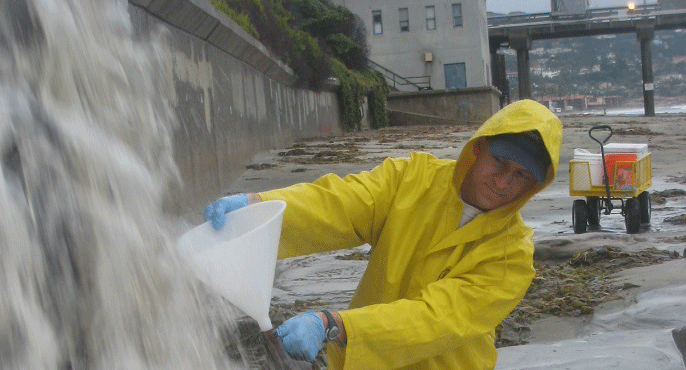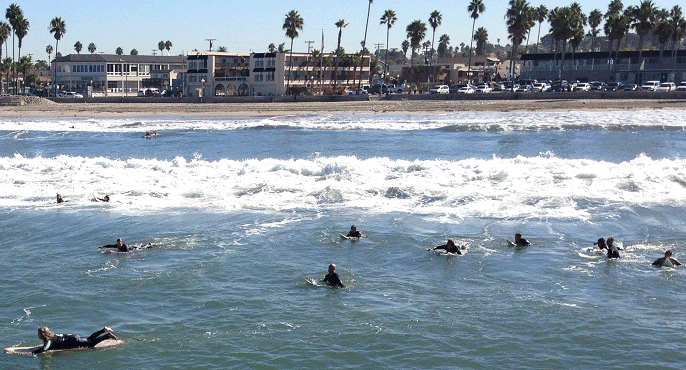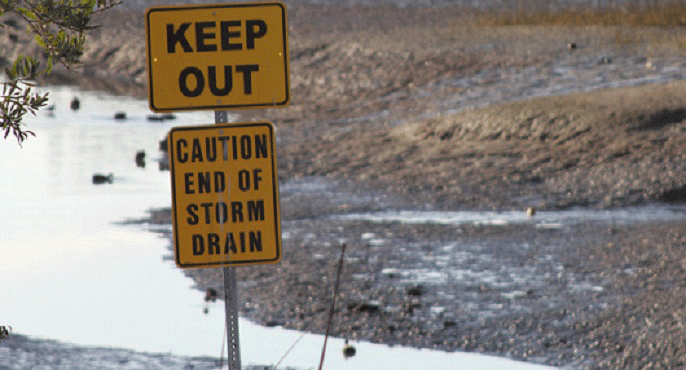Protecting the quality of runoff is a particularly vexing challenge for Southern California’s water-quality management community. During both wet and dry weather, contaminants wash off the land from across hundreds of square miles of urban and agricultural landscapes. The diffuse nature of runoff has complicated management source-control efforts and impeded progress toward improving water quality.
For decades, SCCWRP has been working to help Southern California water-quality managers methodically study runoff contamination, including documenting where contaminants are coming from and how they’re affecting downstream aquatic ecosystems. More recently, SCCWRP has shifted its focus to developing and evaluating management strategies and tools for improving runoff water quality – in particular, through implementation of runoff control measures known as stormwater BMPs (best management practices).

Searching for solutions to a pervasive challenge
In Southern California, runoff water quality is degraded by a wide array of pollutants – vehicle fluids, heavy metals, fecal matter, trash, nutrients, toxins, pesticides and fertilizers. As this contamination flows through creeks, rivers and storm drainage infrastructure to the coastal ocean, it can disrupt and destroy sensitive plant and animal communities, as well as sicken humans who swim and surf in contaminated waters.
Multiple regulatory programs have been established to provide incrementally tougher, more prescriptive requirements for protecting runoff water quality. Although Southern California water-quality managers have made progress identifying and curbing major pollution sources, much of the pollution in runoff comes from non-point sources that are vexing to control and eliminate.

Science to support runoff management
As water-quality managers work toward compliance with Total Maximum Daily Load (TMDL) regulations and other programs for improving runoff water quality, SCCWRP is turning to science to answer pressing questions about the scope of runoff contamination challenges and how managers can optimally address them. To help Southern California managers focus on areas where runoff challenges are most significant, SCCWRP has built foundational tools for estimating what levels and types of contaminants can be expected to run off the land based on how the land is being used. More recently, SCCWRP has been developing strategies and tools to help managers optimize the effectiveness of stormwater BMPs for reducing contamination in runoff.

